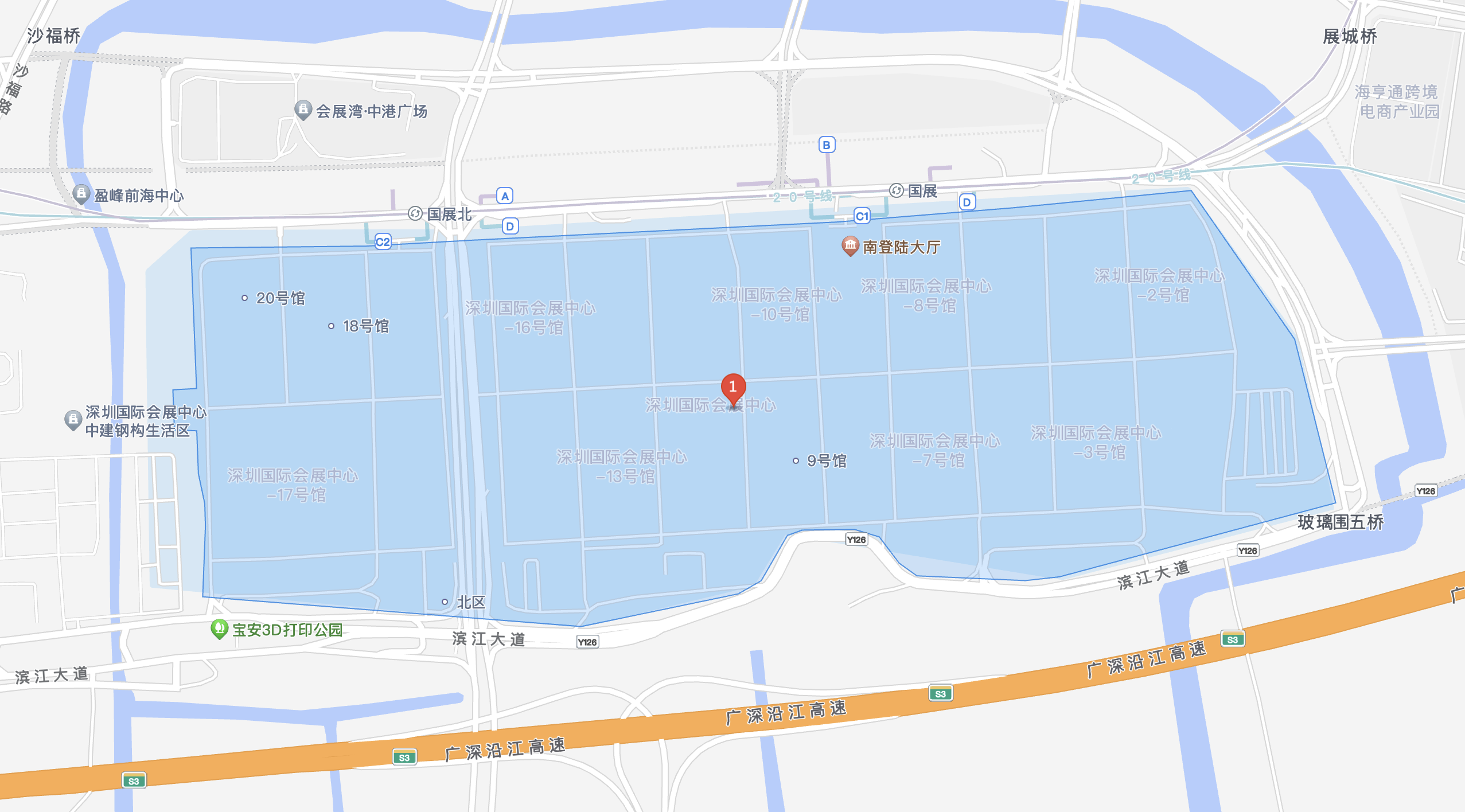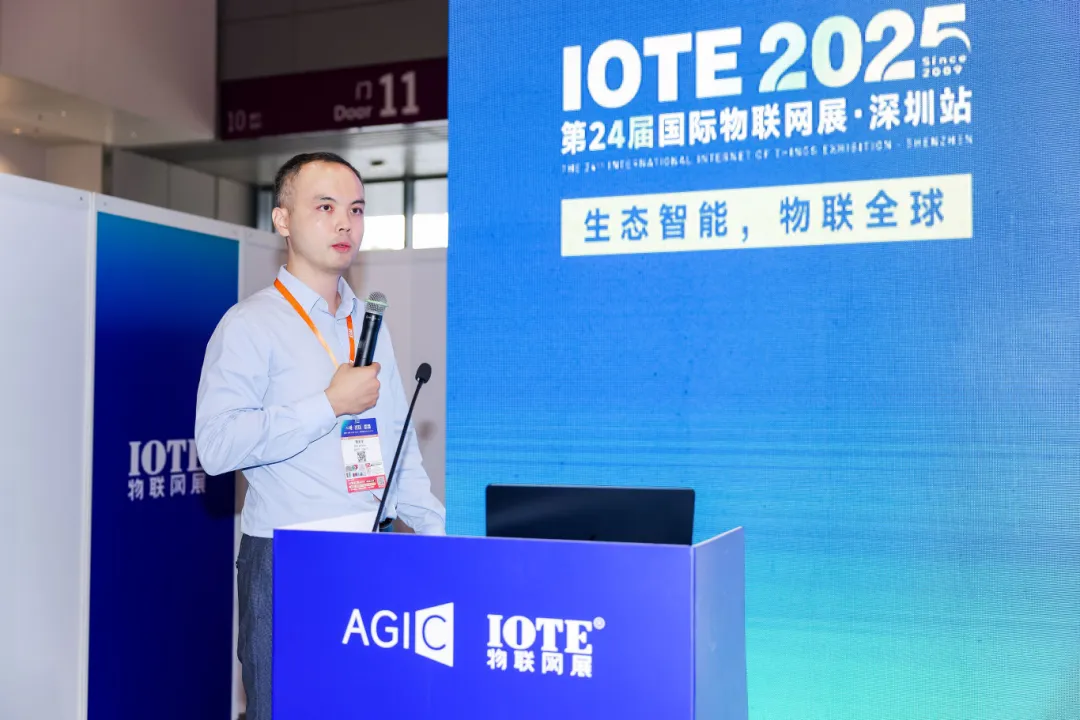
Chang Tianyu, Director of the International Certification Department at the National Radio Monitoring Center Testing Center, systematically explained the latest developments in global certification. He first emphasized that SRTC has established an international certification system covering over 30 fields, including radio frequency, electromagnetic compatibility, and cybersecurity. Its test reports are recognized by over 180 countries, and its laboratory is equipped with 48 RF shielded rooms and advanced platforms such as its own 5G/Wi-Fi test systems.
Focusing on the EU market, Chang Tianyu provided a detailed analysis of the new cybersecurity regulations mandated by the RED Directive. He also compared the impact of the upcoming Cyber Resilience Act (CRA) and the Artificial Intelligence Act, noting that these regulations will impose higher security requirements on wireless devices. Furthermore, Chang Tianyu focused on the dual CE/FCC requirements facing Wi-Fi IoT devices, specifically mentioning technical challenges such as 320MHz bandwidth and channel penetration brought about by Wi-Fi 7 technology. He also briefly explained the modular compliance path for drone CE certification.
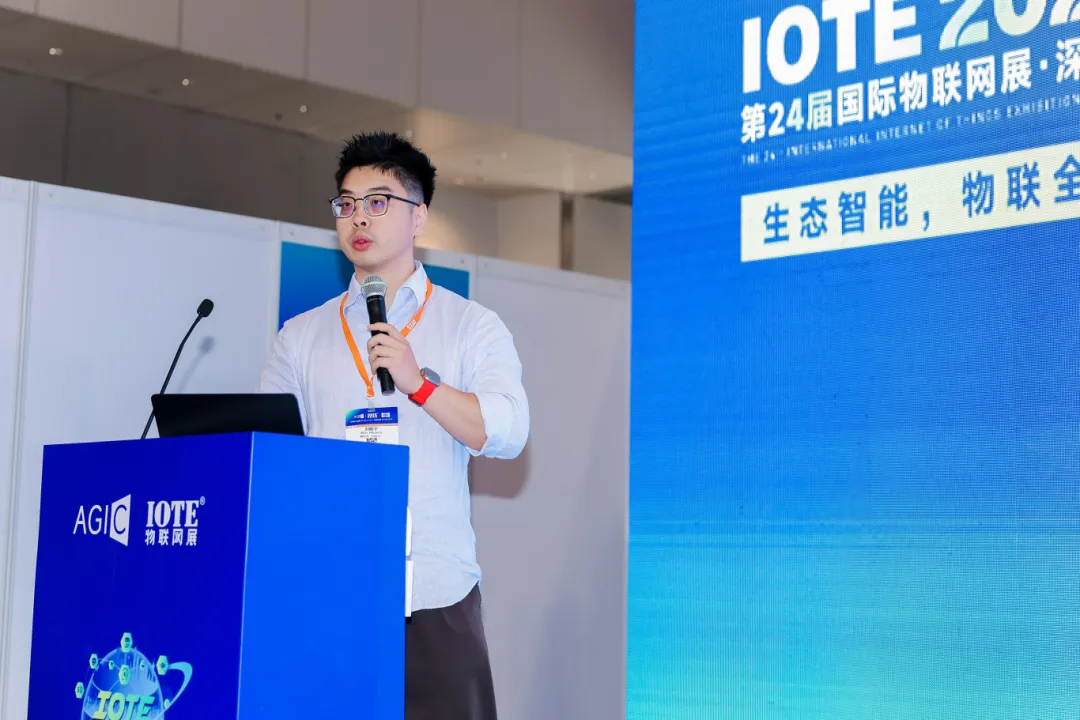
Liu Zhenyu, Ecosystem Development Manager of the International Certification Division of the National Radio Monitoring Center Testing Center, systematically outlined the development trends of global short-range wireless alliances. He pointed out that alliance certifications such as Wi-Fi, Bluetooth, and Matter have become the "passports" for the global deployment of IoT products, ensuring not only cross-brand interoperability but also international mutual recognition. Currently, alliances are deepening cooperation but also engaging in technological competition: the WFA and CSA are promoting the convergence of Matter over Wi-Fi, while FiRa and CCC are jointly developing digital key standards. Meanwhile, Wi-Fi 7 and 5G RedCap are establishing differentiated positions in the industrial IoT, while UWB and Bluetooth are developing precise positioning.
Liu Zhenyu analyzed that Wi-Fi HaLow, with its over-1km coverage and low power consumption, is filling the technological gap between Bluetooth and LoRa, and is widely used in scenarios such as smart door locks and agricultural monitoring. Meanwhile, high-speed, low-latency technologies such as 5G RedCap and Wi-Fi 8 are driving innovative applications in AR/VR and the Internet of Vehicles. He emphasized that standard organizations such as 3GPP and IEEE are accelerating the breaking of ecological barriers, and regulations such as the EU CRA are promoting global compliance unification. Alliances such as CSA Matter, Bluetooth SIG, and FiRa have achieved ecological implementation in the three major scenarios of smart home, industrial Internet, and Internet of Vehicles, marking the initial formation of a new Internet of Things pattern of "mutual recognition of standards and integration of scenarios."
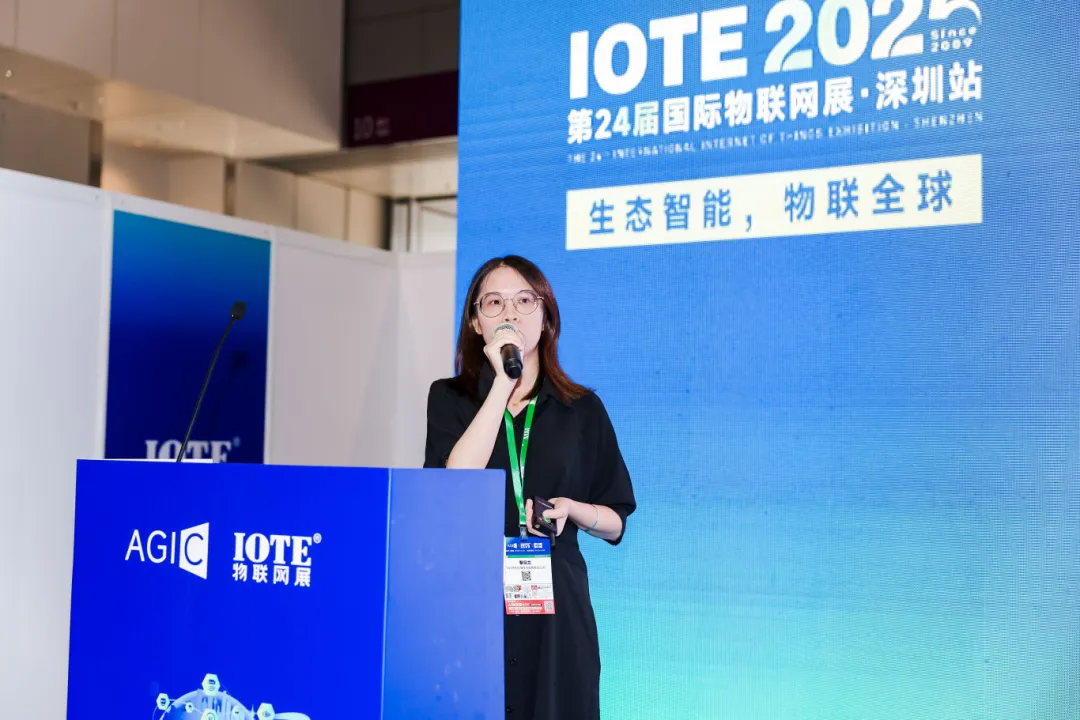
Li Danlan, Global Market Access Project Manager for Electronics and Electrical at SGS, detailed the key requirements and latest developments for IoT products entering the global market. She began by outlining the international certification services offered by SGS, emphasizing how one-stop services can help companies navigate the complex challenges of international market access. She then provided an in-depth analysis of wireless product certification requirements in major markets such as Asia, Latin America, the Middle East, and Africa, with particular attention to the specific regulations in Indonesia, Malaysia, Singapore, South Korea, and Vietnam.
Li Danlan also introduced the regulatory bodies and their specific requirements in each country, including the certification processes for Singapore's IMDA and South Korea's KC, and detailed certificate validity periods and application steps. She also shared the latest international wireless certification news, particularly the impact of cybersecurity regulations on IoT devices.
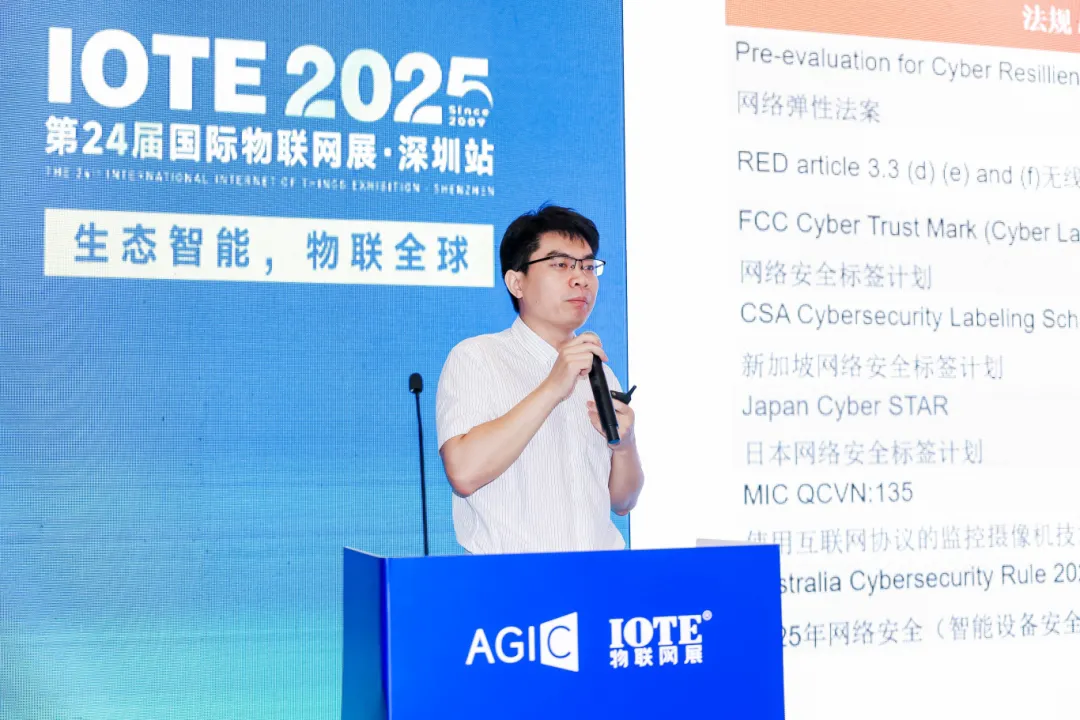
Yuan Yaqi, Senior Cybersecurity Development Manager at SGS, focused on global cybersecurity compliance requirements for IoT devices, specifically interpreting the cybersecurity provisions of the EU Radio Equipment Directive (RED), effective August 1, 2025, covering device security, privacy protection, and financial fraud prevention. He also detailed the testing requirements and certification process for the EN 18031 series of harmonized standards.
He also introduced the Cyber Resilience Act (CRA), which will be implemented in 2027, emphasizing its profound impact on the security management of digital products throughout their lifecycle, including vulnerability reporting obligations and a categorized regulatory mechanism. Drawing on real-world cases, Yuan Yaqi explained how companies can address compliance challenges under various regulations and shared SGS's practical experience in standards application and testing and certification, providing a clear path and professional support for the secure and compliant entry of IoT products into the global market.











